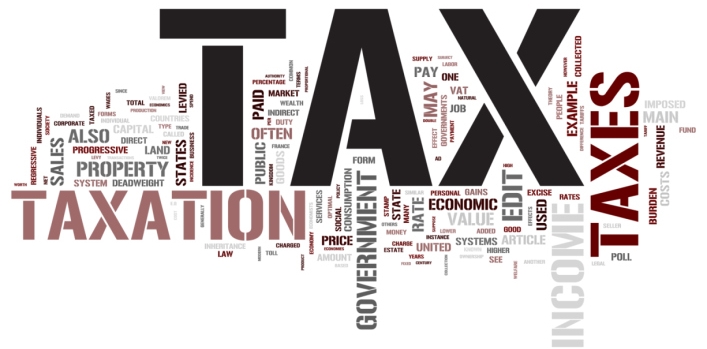Tax Tips for Rental Property Owners
It’s tax season again. If you own a rental property, your tax strategy is more complex than for the home you live in. Here are some important tax tips for rental property owners.
Rental property tax considerations each year
Here are some points to keep in mind when you file your annual return:
- Your rental property shows up on Schedule E of your tax returns, which logs rental income and expenses. The expenses include mortgage interest, property tax, maintenance, repairs, utilities, property management fees, depreciation, and all other costs associated with owning the property.
- If you pay points when you close your rental property purchase loan, you cannot fully deduct them the year they were paid like on a primary residence purchase. Instead, you must deduct points over the life of your loan.
- If your rental income exceeds expenses each year, the income is taxable just like any other income.
- If expenses exceed rental income on Schedule E — which is common because of the depreciationexpense line item — you can deduct rental losses if your non-property income is up to $150,000 per year. If your non-property income is up to $100,000, you may be able to deduct rental property losses up to $25,000 annually. If you earn between $100,000 and $150,000, this potential deduction benefit is cut in half. And if you earn above $150,000, you cannot deduct rental property losses.
- If you earn too much to deduct rental property losses, the losses can accrue as an offset to capital gains taxes when you sell.
- Ask your tax adviser whether deductions or accrual of rental losses fits your tax profile.
Rental property tax considerations when you sell
When you sell a rental property, you will pay capital gains taxes on your appreciation. You must consult a tax adviser to get accurate figures, but here’s a simplified formula for estimating capital gains taxes and net profit on a sale.
Subtract purchase price, cost of improvements you made, and total selling cost (including realtor, title, and local tax fees) from sales price. The resulting number is your capital gain, and you’ll pay federal and state taxes of about 25 to 30 percent (based on your tax profile) on the capital gains.
Let’s see what this formula looks like if you bought a home eight years ago for $200,000 using 20 percent down and a 30-year fixed rate of 6 percent (the rate at the time). A quick mortgage calculator analysis tells us that your balance is now $140,435.
Suppose you made $10,000 in improvements to the home along the way, you earn less than $100,000 per year (so you didn’t accrue any rental losses to offset capital gains), and you’re now selling the property for $300,000. In a county that has a total of 7-percent selling cost (including real estate agent commission, transfer taxes, title, and settlement fees), your estimated capital gains would be about $69,000.
Using the capital gains tax formula above, you’d have about $17,250 to $20,700 in taxes due, and you’d therefore net about $117,865 to $121,315 on the sale.
How to avoid capital gains taxes on rental property
You can avoid this tax hit if your intent is to buy a new rental home immediately after you sell.
You do so with an IRS benefit called a 1031 Exchange, which is named after the IRS code number. This allows you to defer paying the capital gains taxes at closing as long as you identify a new rental property to buy (in writing) within 45 days, and close the new purchase within 180 days of closing your sale.
To get the full tax benefit, the new purchase must be of the same or greater than your sales price, and you must put every penny of net proceeds from the sale into the new purchase.
A 1031 Exchange defers rather than eliminates the tax hit in your sale.
If you plan to convert the new rental property to a primary residence at some point in the future after the exchange, the IRS has no specific rules prohibiting you from doing so. If this is your strategy long term, consult your tax adviser on capital gains tax implications before you enter into your exchange.
Source: zillow.com





 ABOUT AMANDA MARSH
ABOUT AMANDA MARSH












